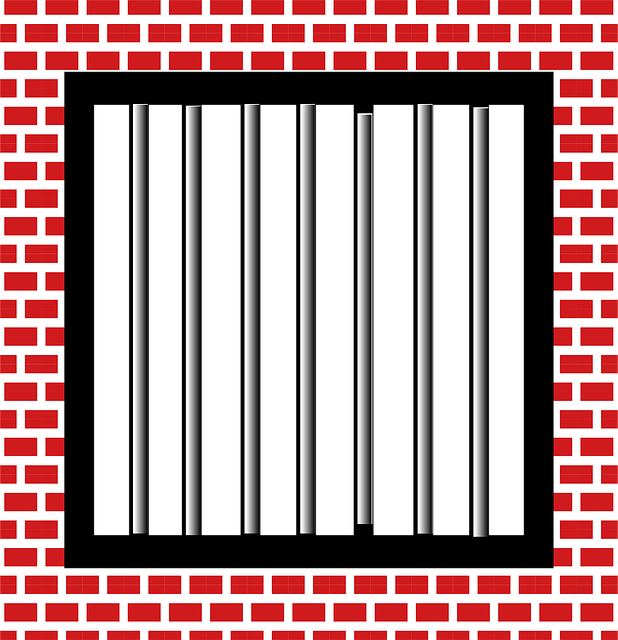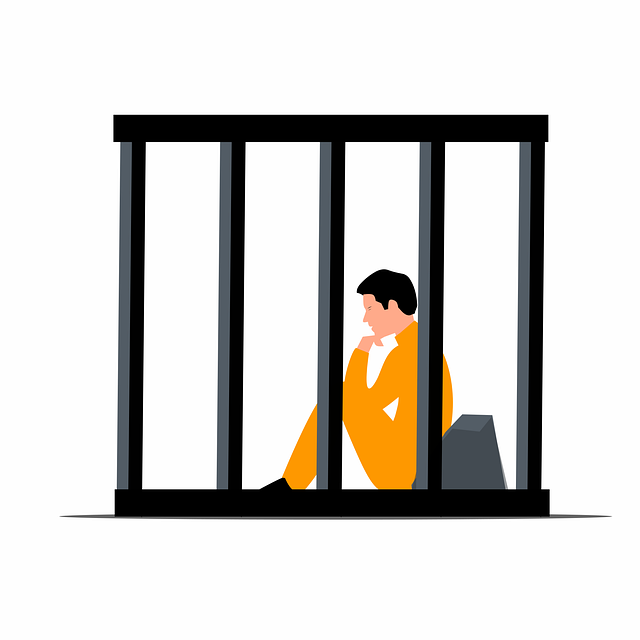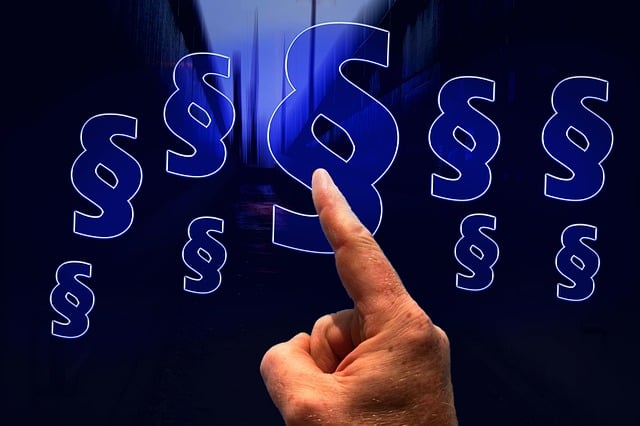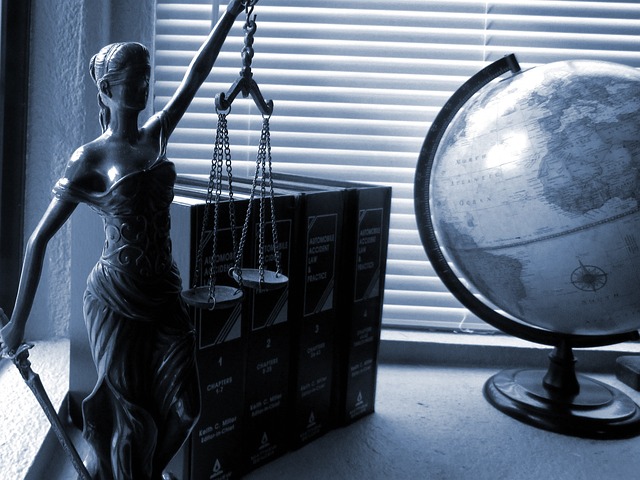DUI laws aim to protect public safety but face challenges from loopholes and complexities, hindering compensation for property damage victims. Loopholes include vague 'impaired driving' definitions, false positives in BAC tests, and inconsistent enforcement. Stricter legislation with clear guidelines and enhanced penalties is needed to close these gaps, deter offenders, and provide justice for DUI-related property damage victims.
In the complex landscape of drunk driving (DUI) laws, understanding the intricate web of regulations and their inherent flaws is crucial. This article delves into the often-overlooked aspect of property damage caused by DUI incidents, exploring loopholes in legislation that allow offenders to evade liability. We examine the legal gray areas surrounding DUI and property damage, present case studies of successful challenges against these loopholes, and advocate for stricter DUI legislation. By examining these issues, we aim to prevent future harm through reform efforts and enhance accountability.
- Understanding DUI Laws and Their Flaws
- Loopholes in Property Damage Coverage
- Legal Gray Areas: DUI & Liability
- Case Studies: Successes Against Loopholes
- Advocating for Stricter DUI Legislation
- Preventing Future Harm: Reform Efforts
Understanding DUI Laws and Their Flaws

DUI (Driving Under the Influence) laws are designed to protect public safety by deterring individuals from operating vehicles while impaired. However, these laws often come with loopholes and complexities that can impact their effectiveness. The legislation typically focuses on setting blood alcohol concentration (BAC) limits, imposing penalties for violations, and mandating license suspensions. While these measures have their merits, they also leave room for interpretations and situations that may not align with the intended spirit of the law.
One of the challenges is defining ‘impaired driving’ accurately, as it can be subjective. This ambiguity can lead to disputes over what constitutes a legitimate DUI case, especially when considering the potential for false positives from BAC tests due to various factors like certain medications or metabolic conditions. Additionally, loopholes may exist in terms of enforcement consistency, where varying interpretations by law enforcement agencies could result in disparate treatment for similar offenses. Understanding and addressing these flaws are crucial steps towards refining DUI legislation to better serve its purpose without unintended consequences.
Loopholes in Property Damage Coverage

While property damage liability is a crucial aspect of insurance policies, especially in the context of DUIs, there are often hidden loopholes within the legislation. Many standard insurance plans may exclude or limit coverage for damages caused by intoxicated individuals, exploiting a gap in protection. This issue arises from the assumption that drivers under the influence possess diminished judgment and impaired motor skills, yet current laws might not adequately address the varying degrees of impairment and resulting behaviors.
As a result, victims of property damage inflicted by DUI offenders may face challenges when seeking compensation. Loopholes in DUI legislation can lead to complex scenarios where insurance claims are denied or settled for significantly lower amounts than intended. This underscores the importance of reviewing policies closely and understanding the exclusions to ensure adequate protection against potential losses stemming from DUI-related incidents.
Legal Gray Areas: DUI & Liability

The relationship between DUI (Driving Under the Influence) and property damage liability presents a complex web of legal interpretations, often shrouded in gray areas. While drunk driving laws aim to deter impaired driving and protect public safety, they may inadvertently create ambiguities that affect liability when accidents occur. These loopholes in DUI legislation can lead to challenging scenarios where individuals face reduced culpability for causing property damage while under the influence.
One such legal quagmire arises from differing interpretations of intent and foreseeability. In some jurisdictions, a key factor in determining liability is whether the DUI offender’s actions could have reasonably been expected to result in property damage. If the court deems that the consequences were unforeseeable, it may diminish the defendant’s responsibility. This interpretation can significantly impact cases where an impaired driver causes accidents leading to property destruction but has no direct contact with the affected property or individuals.
Case Studies: Successes Against Loopholes

In recent years, successful legal strategies have targeted and closed loopholes in DUI (Drunk Driving) legislation, demonstrating a significant shift in holding individuals accountable for property damage caused by their impaired driving. Case studies from various jurisdictions highlight innovative approaches to address the complex issue of DUI-related property damage. For instance, some courts have interpreted laws more broadly, expanding jurisdiction over cases where drunk drivers cause accidents resulting in property loss or destruction.
These victories against loopholes are a testament to the evolving legal landscape, ensuring that those responsible for impaired driving face consequences beyond criminal charges. By scrutinizing legislation and employing strategic interpretations, legal professionals have successfully navigated the complexities of DUI cases, leaving a lasting impact on public safety and holding offenders accountable for their actions’ aftermath.
Advocating for Stricter DUI Legislation

Stricter legislation is needed to address the growing concern of property damage caused by DUI incidents. Current laws often contain loopholes that hinder prosecution, allowing offenders to evade consequences for their actions. These loopholes can range from technicalities in blood alcohol testing to vague definitions of impairment, which create an unfair system for victims and communities affected by drunk driving.
Advocates push for more robust regulations with clear guidelines and stricter penalties to deter potential DUI offenders. By closing these legal gaps, the focus shifts to holding drivers accountable for their negligence, ensuring justice for property damage victims, and ultimately reducing the devastating impact of drunk driving on society.
Preventing Future Harm: Reform Efforts

In many jurisdictions, the existing DUI (drunk driving) legislation often contains loopholes that hinder efforts to hold offenders accountable for property damage and other consequences resulting from their actions. These gaps in the law can lead to reduced sentences or even, in some cases, complete impunity for drivers who cause significant harm while under the influence. Preventing future harm necessitates a comprehensive reform of DUI legislation to ensure that penalties are proportional to the severity of the offense. This includes addressing issues like minimum sentence requirements, allowing for enhanced penalties in cases involving property damage, and providing more tools for prosecutors to secure convictions.
Efforts to close these loopholes often involve advocating for stricter regulations, better training for law enforcement, and improved access to justice for victims. By strengthening DUI laws, communities can send a clear message that drunk driving will not be tolerated and that offenders will be held responsible for the damage they cause. This multifaceted approach aims to deter future incidents, protect public safety, and provide adequate support to those affected by DUI-related property damage.
In navigating the complex intersection of DUI laws and property damage liability, understanding both the current legal landscape and its inherent flaws is crucial. Loopholes in DUI legislation often create gray areas that can undermine justice for victims. However, through case studies showcasing successful challenges against these loopholes, it’s evident that reform is achievable. Advocating for stricter DUI legislation and supporting prevention efforts are essential steps towards minimizing future harm and ensuring accountability for all parties involved. By addressing these issues head-on, we can work towards a safer, more just society.






